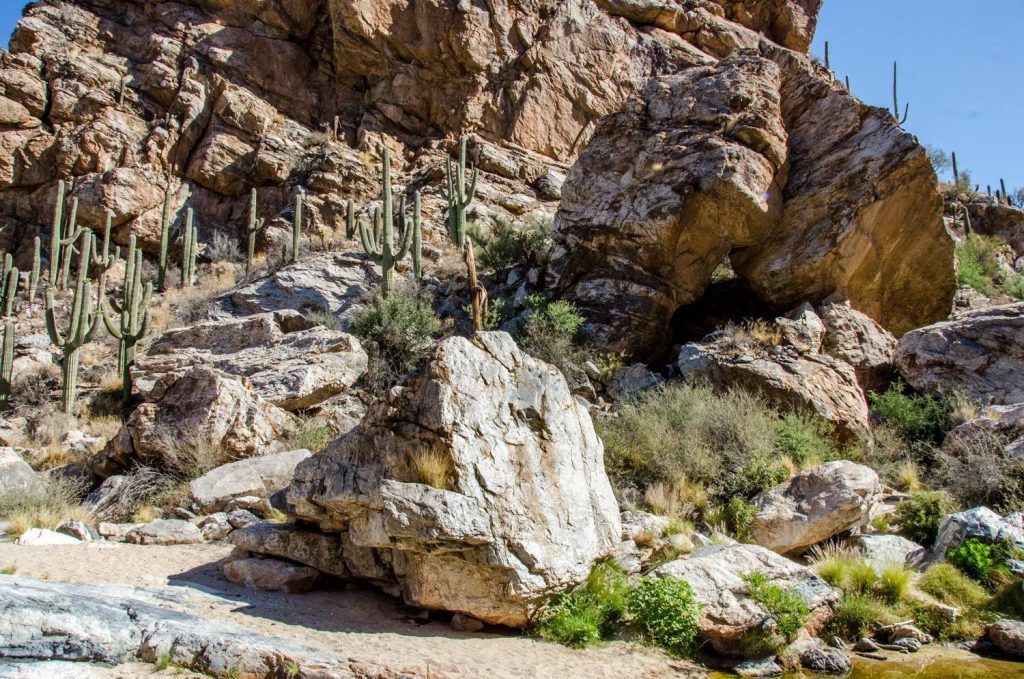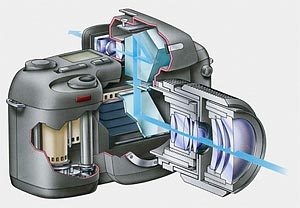Downsizing my photo equipment? What?!?
Well, I finally did it. In the name of both frugality and minimalism (and maybe a little thinking ahead), I decided to officially buy into a camera system that is significantly smaller, lighter and easier to carry with me than my current - and much-beloved, Nikon-based camera system.

Well, I finally did it. In the name of both frugality and minimalism (and maybe a little thinking ahead), I decided to officially buy into a camera system that is significantly smaller, lighter and easier to carry with me than my current - and much-beloved, Nikon-based camera system.

Everybody likes getting new stuff. It was not easy to press that 'Buy Now' button for my new (to me) photography equipment, though.
Imagine for a moment working with a particular brand or type of equipment for years and years, and one day making the decision to sell it all. The reasons for my switch are in my best interest, but still, letting go of the equipment that I've used, practiced with and know so well is still a bitter-sweet moment.
I like to think of this move as a downsize, but technically, is this really "downsizing"? Hmm, I don't know. When you downsize, you're simplifying your life by living with less. This switch in photo equipment does indeed simplify my life. But I am not living with less. I am simply replacing my larger and heavier photo equipment with something smaller and easier to manage.
It's the mirrorless camera system, baby!
Who needs a mirror, anyway? Traditional cameras (like my Nikon equipment) have a mirror directly in front of the camera sensor (or the film plane back in the film days), and this is what provided your view of the scene when looking through the viewfinder on the back of the camera. When the shutter button is pressed, the mirror flips up and exposes the sensor or film to light, then flips back down to re-gain a view of the scene through the camera.

This is an important concept to understand - it's the mirror that enabled the concept of an optical viewfinder. Without the mirror, the scene in front of you can't get reflected up through the camera (called a "pentaprism") and out of the back (see the picture on the right from Digital-Photography-Tips.net for a diagram of how light travels through the camera).
The camera system that I am buying into is mirrorless. As the name implies, these are cameras without a mirror in the camera. That means NO viewfinder - at least no optical viewfinder. To compensate for the lack of a mirror, many of these cameras (like the one I bought) offer an electronic viewfinder, which is effectively a video screen that mimics the mirror concept.
Why change camera systems?
Truthfully, switching camera systems has been in the back of my mind for a while now. While I loved my Nikon equipment, I still wanted something different. But why? Why switch to a camera system without a mirror?
Simple: the absence of a mirror makes these cameras smaller and lighter - not just the camera, but the lenses, too. In fact, my entire new camera system probably weighs as much as my current Nikon camera and the 80-200 telephone lens...that's right, just my camera and one lens.
In the future, my wife and I are planning quite a bit of travel – perhaps full time travel. To be perfectly honest, I am not looking forward to hauling all of my fairly heavy Nikon gear around with me across the world, especially when there are other exceptionally high quality alternatives available on the market.
In addition, I would rather not walk around all day long with a big and heavy (depending on the lens) camera around my neck or shoulders. I like the idea of having a more compact, yet just as powerful, camera at-the-ready that I could slip into a larger jacket pocket and, of course, utilize a much smaller footprint.
An important element to consider when not just switching camera manufacturers, but camera SYSTEMS, is the type of photography that you shoot. I am a landscape and nature photographer first and foremost. I do not need the fastest camera in the world (though the camera I bought is darn fast), nor do I need one built like a tank to keep up with my demands in the field. The fact is my shots often come after miles of walking…through mountains or deserts, valleys and fields. In other words, it’s a manual effort to get to my photography, and I need a camera that makes that process as easy and painless as possible.
Ultimately, life is a series of trade-offs. The biggest downside to making this switch is the relatively limited availability of lenses at the moment. The mirrorless camera system concept is still fairly new and, naturally, lens choices will be more limited than with traditional mirrored digital SLRs, like Nikon and Canon.
As a nature and landscape photographer, I quite frankly do not need a large variety of lenses. All I need are three primary lenses to cover the entire range of my photography - a wide angle (between 12mm and 16mm), a mid-range zoom (in the neighborhood of around 18 to 105mm) and a longer range telephoto (around 80-200mm). I bought two of the three when I made my initial purchase last week - a wide angle and mid-range zoom.
And best of all - I bought all of my "new" equipment used. Buying used photo equipment, similar to buying cars used, can save several thousand dollars in entirely unnecessary costs. I plan on selling all of my Nikon equipment after I help a friend of mine photograph a wedding this weekend, and I will come away from this deal close to budget-neutral.
Okay okay, enough with all the words - what did I buy? I bought into the Sony Alpha mirrorless camera system.
Camera: Sony Alpha a6000 (Amazon link)
Wide angle lens: Sony 16mm f/2.8 (Amazon link), accepting the 12mm fisheye attachment to be purchased at a later date
Mid-range zoom: Sony 18-105 f/4 OSS (Amazon link)
I am selling both of my Nikon D7000 and Nikon D70 cameras as well as all 5 of my Nikon lenses. Doing the math, I am replacing 7 pieces of equipment with 3, and each individual component is smaller and lighter than its Nikon counterpart.
I love simplifying.
What about you? Have you ever sold something near and dear to your heart after many, many years of faithful service?